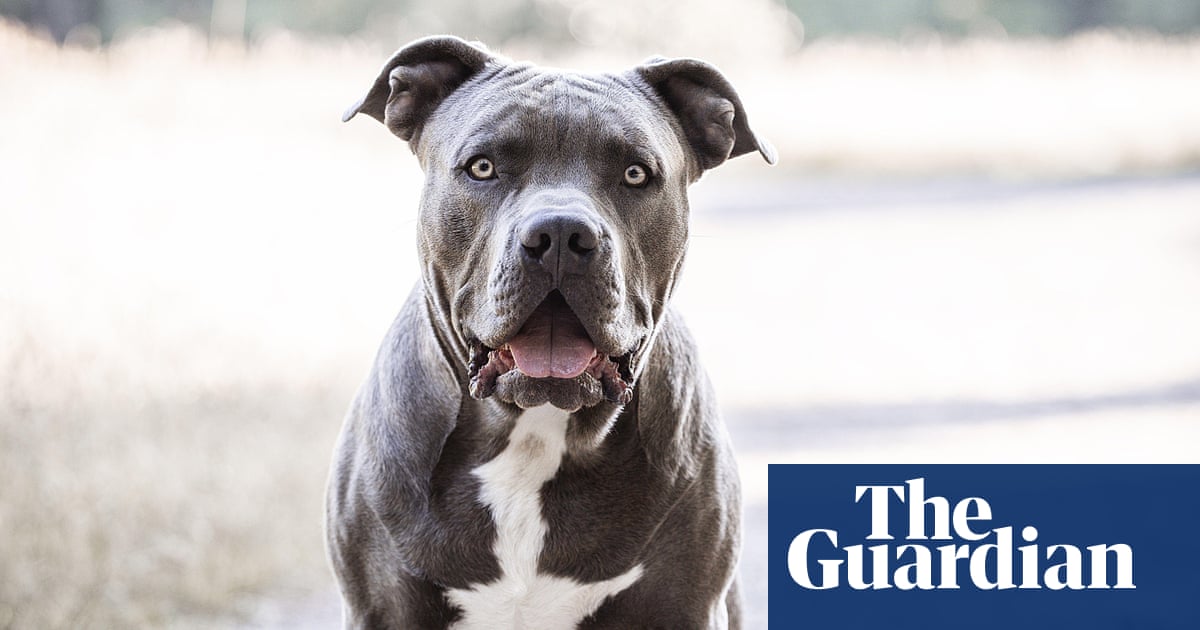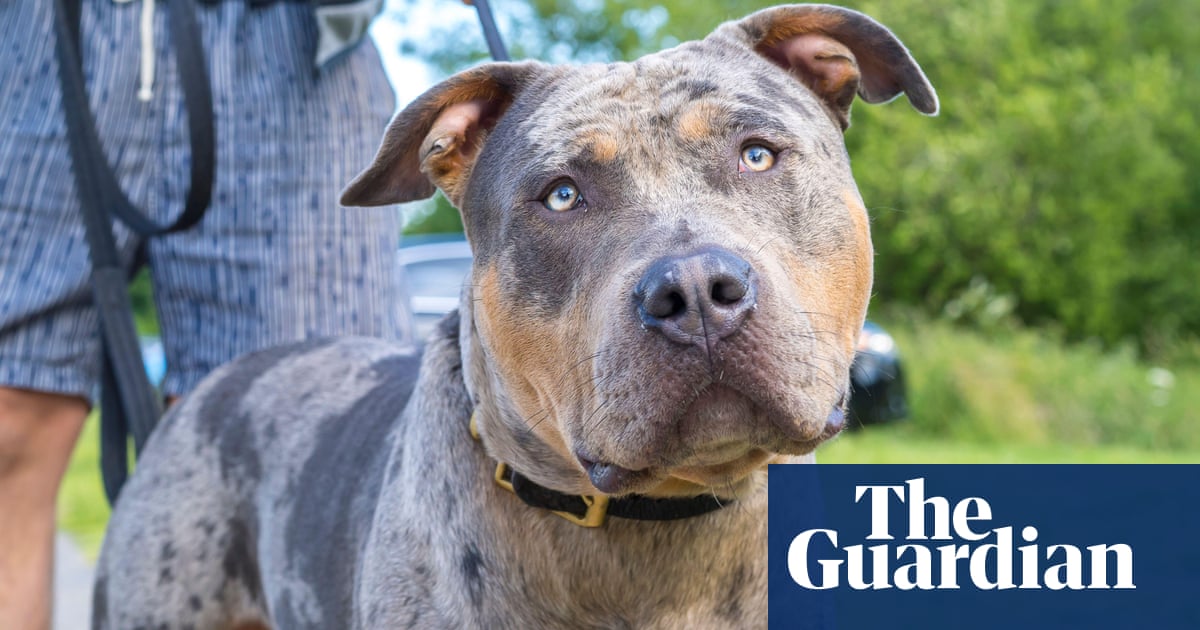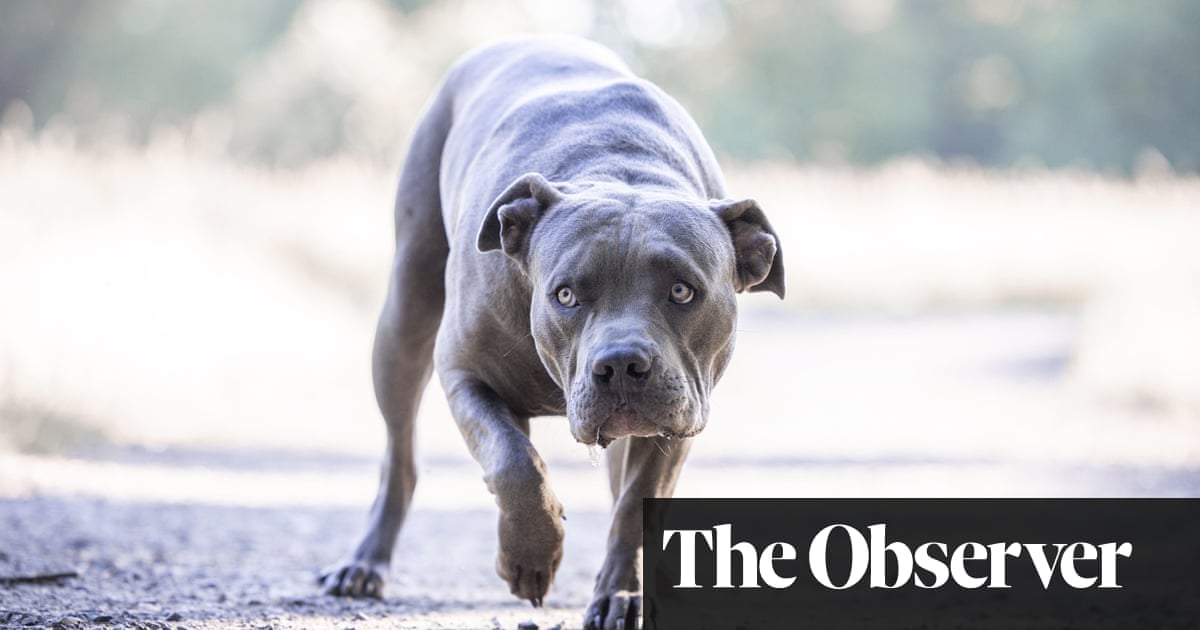
The UK’s chief veterinary officer has stressed there will be an amnesty before a ban on American XL bully dogs, after an expert said the breed was behind almost half of all attacks on humans and dogs killed since 2021.
An amnesty for XL bullies would mean existing animals were not culled, but owners would be required to register and keep them leashed and muzzled in public, Christine Middlemiss said.
Rishi Sunak announced on Friday that the breed would be banned by the end of the year after it emerged a man in the West Midlands died following an attack on Thursday by dogs suspected to be XL bullies.
It was the latest in a series of maulings by the breed – six of the 10 fatal dog attacks in the UK last year were linked to XL bullies, and at least three of the seven this year.
Making the case for the ban after some animal charities opposed it, a legal expert, Dr Lawrence Newport, described the breed as “uniquely dangerous”.
“This dog breed is responsible for over 70% of all deaths to dogs since 2021; it’s responsible for nearly 50% of all attacks on both humans and other dogs. In one week in July this year, one dog a day was killed by an American bully,” he said.
While the Royal Society for the Prevention of Cruelty to Animals (RSPCA) and others have argued that adding the breed to the UK’s list of banned dogs will not stem the rise in attacks, Newport offered a comparison to attacks by pit bulls, which have been legislated against since the the Dangerous Dogs Act 1991.
“That ban has been very successful. And we know that because for example, in the UK, we have half the per capita deaths to dogs that the US does, and that difference is entirely explained by pit bulls.” He said, pit bulls were responsible for about 60% of deaths to dogs in the US.
Middlemiss told BBC Radio 4’s Today programme that a ban on XL bullies would be just one measure, and stressed the importance of knowing where the animals were in the country. “There’s also a huge amount of work ongoing already, about responsible breeding, responsible ownership and education of people who keep dogs that have the potential to be dangerous.”
Questions remain around the timescale of the ban’s introduction. The food and farming minister, Mark Spencer, said on Friday that banning the breed, which is not officially recognised by the Royal Kennel Club, was “not as simple” as it may appear and may take longer than expected.
“We’re going to have to go through the process of identifying the characteristics of that type of dog and make sure that we don’t encapsulate the wrong sort of dog in that process. It’s going to take a little while to do that,” he told the BBC’s Any Questions? programme.
The breed, which was first introduced to the UK around 2014, has soared in popularity in recent years but there is a dearth of reliable data on their numbers. Despite the breed being responsible for a high proportion of fatal attacks, Bully Watch, a group that has pushed for the ban, believes they make up less than 1% of all owned dogs across the country.












